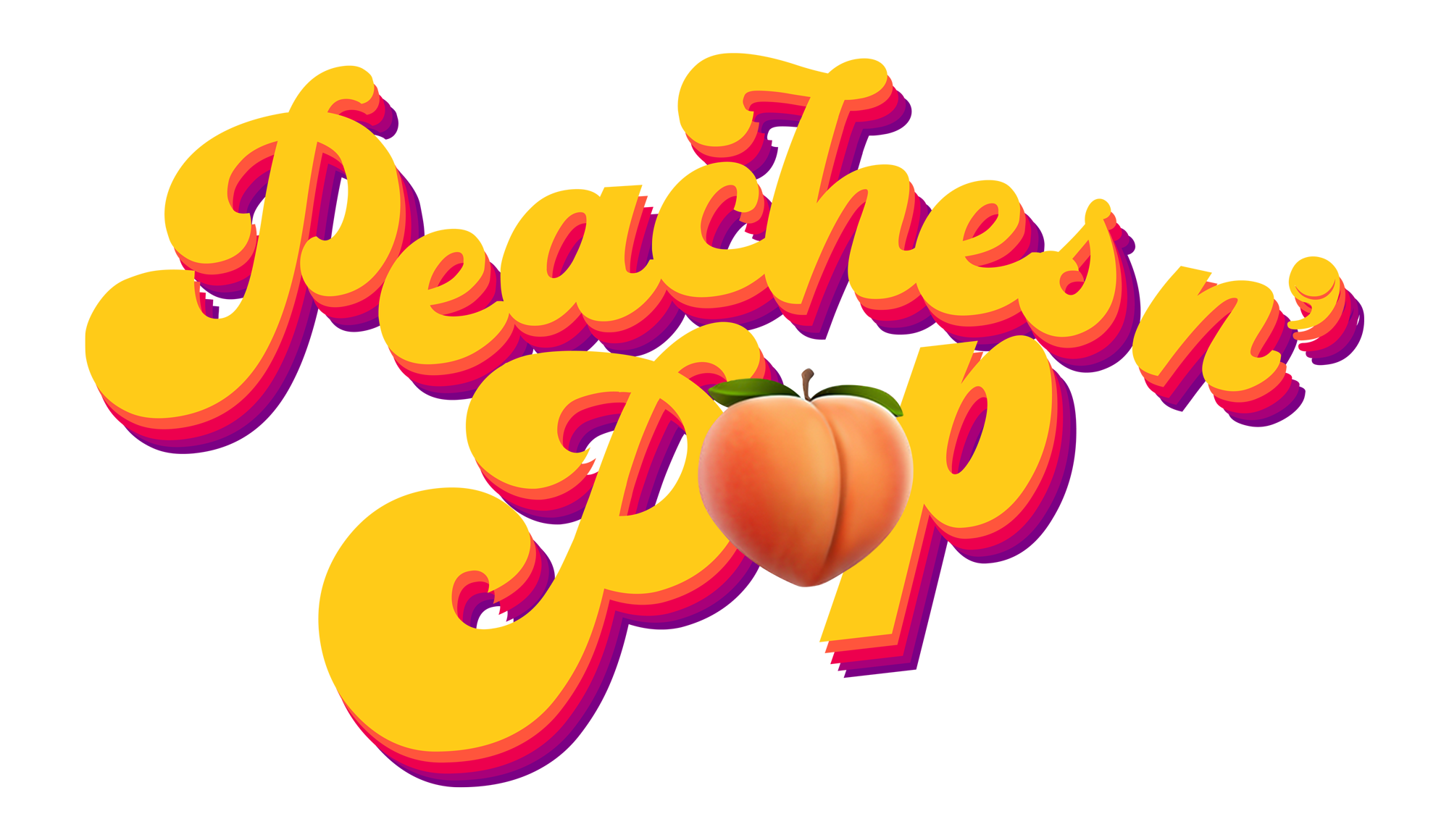Praise be to pub(lic) gardens.
Relaxing. A concept we know to be good for us. Soul food and all that jazz. Though, sometimes, the journey between knowing and doing is… a bit exhausting? Perhaps you’ve dabbled in a few tools over the last year, to varying degrees of commitment and serenity-inducing success. Baking, yoga, meditating; for some these small acts of self-care just stick, become worn into everyday routine. For others, it feels like a chore too many to cushion the emotional hiccup of work to be done, doom-scrolling to be unsucessfully ignored and an uncertain – a word you wish to be abolished from conversation forever more – future to contemplate.
Actually, hold up, walking. Now that you may well be versed in. Sometimes you even happen upon a nice tree, or a good rose bush at some point. O ye of little faith, morale restored! Though it’s time to upgrade one’s outdoorsy pursuits this summer. Explore horticultural hinterlands far and wide – well, within reason – in the form of public garden crawls. Which, pleasingly for some, is an introvert’s paradise. Illustrious, unending sensory delights without the imposition to actually socialise (baby steps). It’s impossible to be insensitive to its charms, too. As the philosopher Alain de Botton noted in the Financial Times, “it is unusual to be left entirely indifferent by flowers when the world has narrowed dramatically and there is global sadness in the air. Flowers no longer seem like a petty distraction from a mighty destiny, but a genuine pleasure amid a litany of troubles, a small resting place for hope in a sea of difficulties.”


IMAGES | Sissinghurst Castle garden
But where to channel your enthusiasm? For Londoners, Kew Gardens is an obvious choice for floral discovery, so let’s move swiftly on to the lesser-known sequent of desire. For those south of the river, Brockwell Park Community Greenhouses are an oasis of calm, contained within them an orchard, vegetable plots, walled herb and natural dye gardens and, as their name suggests, two big greenhouses (one of which accommodates a humble shop where you can buy home-grown honey, jams and plants to support the community garden, which has been run by volunteers for over 20 years). If you find yourself in the quandary that is central London, seek refuge in the romantic St. Johns Lodge (opposite Regent’s Park Open Air Theatre), made to be a garden ‘fit for meditation’ by Robert Weir Shultz in 1889. Think a smattering of scented white wisteria, beautiful sculptures (the centre piece: a statue of Hylas, donated by the Royal Academy of Arts in the 1930s) and cocooned benches that also happen to make for the most peaceful reading, and kissing, spots, possibly ever.





